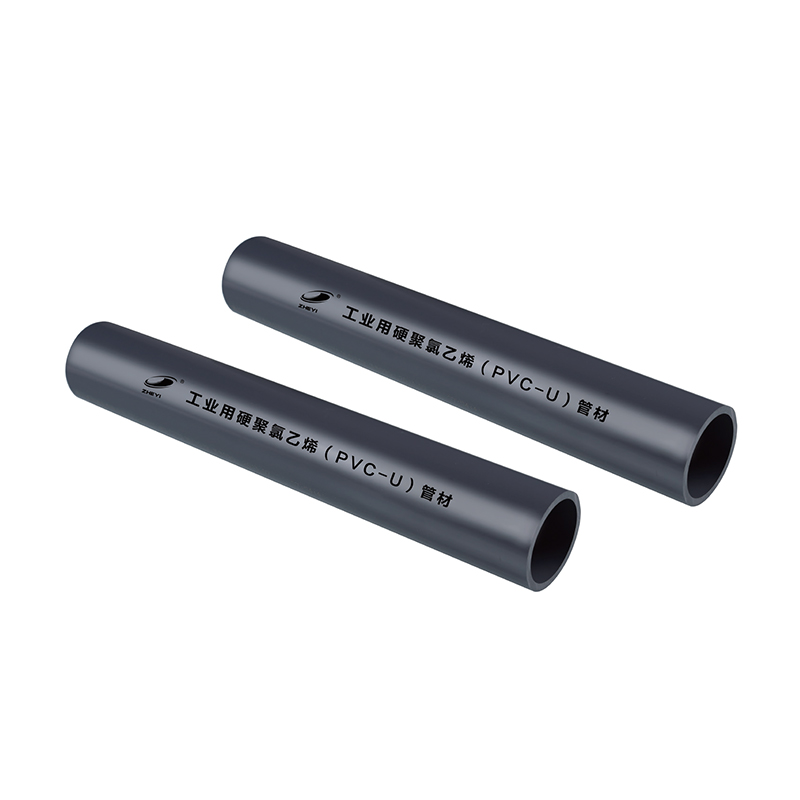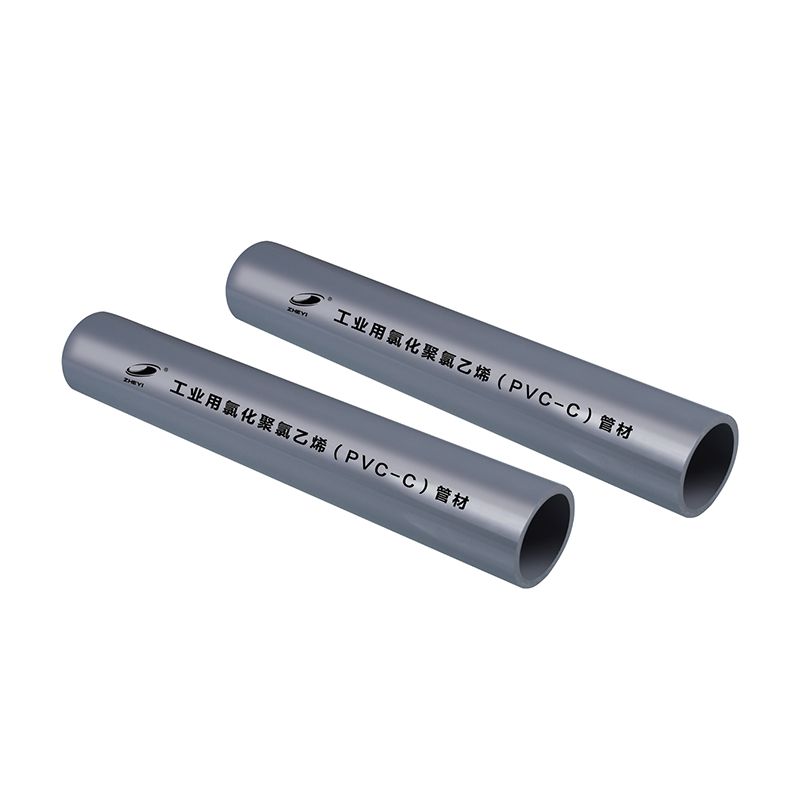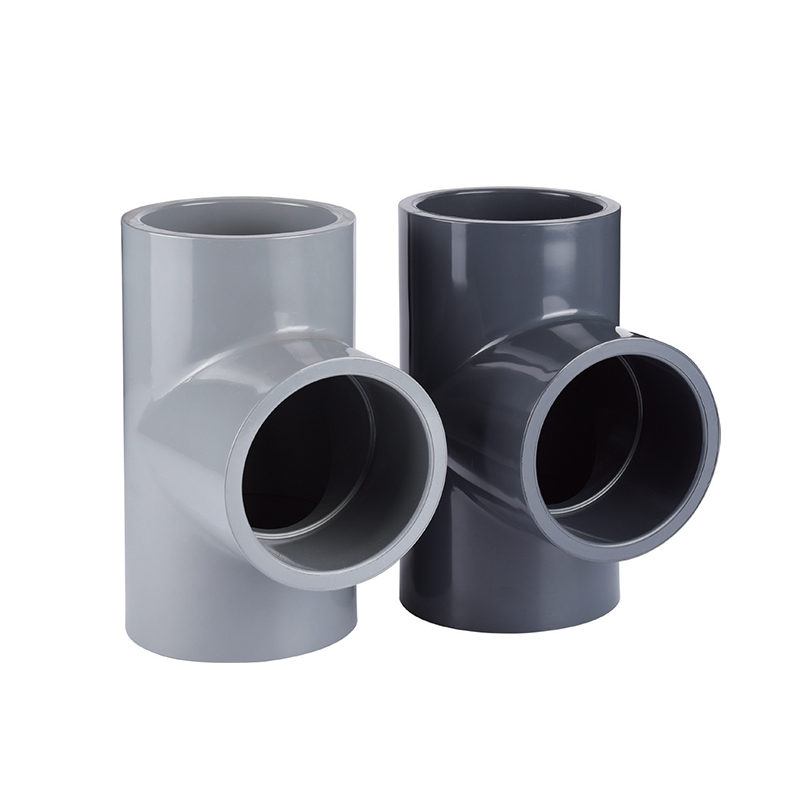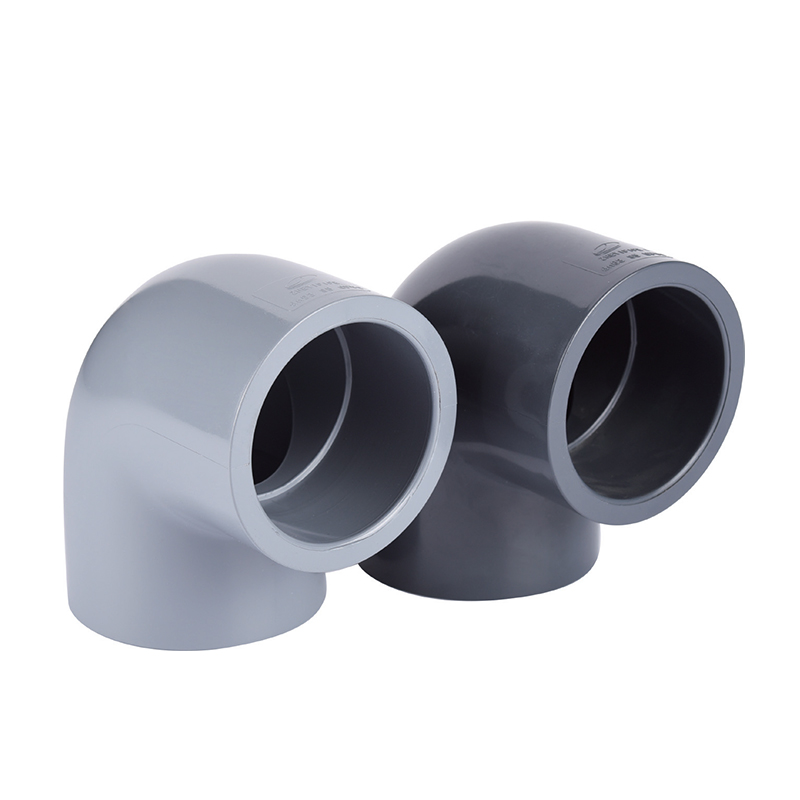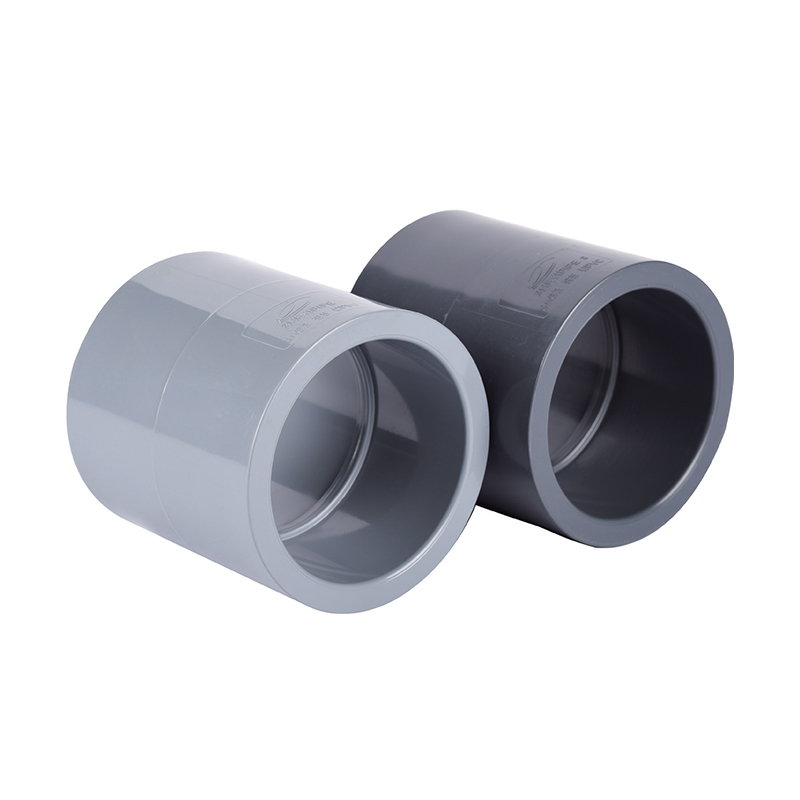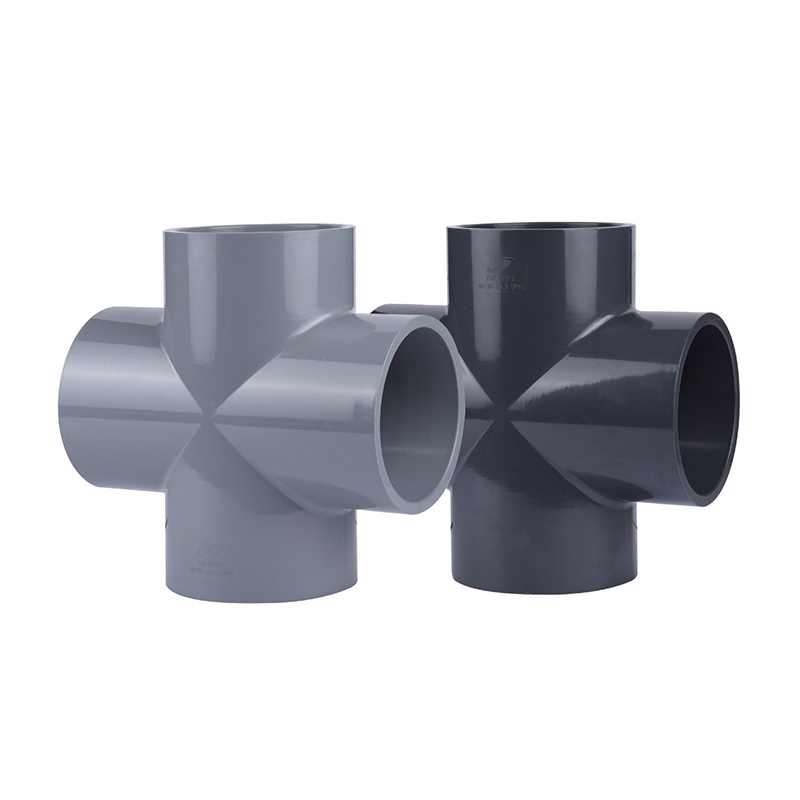When it comes to reliable and efficient fluid transport under pressure, UPVC pressure pipes have become a cornerstone of modern infrastructure. Their unique properties make them a preferred choice for engineers, contractors, and DIY enthusiasts alike. This comprehensive guide delves deep into everything you need to know about UPVC pressure pipes, from their fundamental advantages to a detailed UPVC pressure pipe installation guide. Whether you're planning a municipal water project or a residential upgrade, understanding the advantages of UPVC pressure pipes and their correct specifications and sizes is crucial for long-term performance.

What Are UPVC Pressure Pipes? Understanding the Basics
Unplasticized Polyvinyl Chloride (UPVC) is a rigid and durable thermoplastic polymer. Unlike regular PVC, it lacks plasticizers, making it stiffer, stronger, and more resistant to chemical corrosion. UPVC pressure pipes are specifically manufactured to convey fluids under significant pressure, commonly used in potable water distribution, irrigation systems, and industrial applications. Their design ensures they can handle internal stress without deforming or failing, providing a safe and long-lasting solution.
- Core Material: UPVC is known for its high mechanical strength and dimensional stability.
- Primary Function: Designed to transport water and other fluids under continuous pressure.
- Key Standards: Manufactured to meet international standards like ISO 4422 and ASTM D1785, ensuring quality and safety.
Key Advantages of UPVC Pressure Pipes for Modern Plumbing
The widespread adoption of UPVC pressure pipes is driven by a host of compelling benefits that outperform traditional materials like galvanized steel or concrete. These advantages of UPVC pressure pipes translate into lower lifetime costs and superior system reliability.
Exceptional Durability and Longevity
One of the most significant selling points of UPVC is its incredible lifespan. These pipes are immune to the electrochemical corrosion that plagues metal pipes, and they are resistant to microbial growth and aggressive soils.
- Corrosion Resistance: They do not rust or pit, ensuring water quality remains high and flow capacity is maintained over decades.
- Long Service Life: Properly installed UPVC pressure pipes for water supply can have a service life exceeding 50 years with minimal maintenance.
Superior Hydraulic Performance and Corrosion Resistance
The smooth internal bore of UPVC pipes offers a distinct hydraulic advantage. This smoothness minimizes friction loss, allowing for smaller diameter pipes to achieve the same flow rate as larger diameter pipes made from rougher materials, leading to potential cost savings.
- High Flow Efficiency: The Hazen-Williams coefficient (C-value) for UPVC is typically 150, which is significantly higher than that of metal pipes (e.g., cast iron C=100), indicating less energy loss.
- Non-Toxic and Safe: UPVC is approved for potable water applications, as it does not leach harmful substances and maintains water purity.
Cost-Effectiveness and Ease of Installation
When considering the total cost of ownership, UPVC is remarkably economical. Its lightweight nature reduces transportation and handling costs, and the simplicity of its jointing system drastically cuts down on labor time compared to welding or threading metal pipes.
- Lightweight: UPVC pipes are much easier to maneuver and install than their metal counterparts.
- Simple Jointing: The solvent cement jointing method creates a permanent, leak-proof seal quickly and efficiently.
A Practical UPVC Pressure Pipe Installation Guide
Correct installation is paramount to realizing the full benefits of a UPVC piping system. This UPVC pressure pipe installation guide outlines the critical steps for a successful and durable installation.
Step-by-Step Jointing Procedure
The most common method for connecting UPVC pipes is using a solvent cement joint. This process chemically fuses the pipe and fitting together into a single, homogeneous unit.
- Step 1: Cutting: Use a fine-toothed saw or pipe cutter to make a square cut. Deburr the pipe end thoroughly.
- Step 2: Cleaning: Wipe the pipe end and the fitting socket with a clean, dry rag to remove any dirt or moisture.
- Step 3: Priming: Apply UPVC primer to both surfaces. This cleans and softens the material, preparing it for the cement.
- Step 4: Cementing: Apply a thin, even layer of UPVC solvent cement to both the pipe and the fitting.
- Step 5: Assembly: Immediately insert the pipe into the fitting with a quarter-turn twisting motion. Hold firmly for a few seconds to set.
- Step 6: Curing: Allow the joint to cure for the recommended time (depending on pipe size and temperature) before pressurizing the system.
Essential Safety and Handling Precautions
While the installation is straightforward, safety should never be compromised. Proper handling ensures both personal safety and system integrity.
- Ventilation: Always work in a well-ventilated area when using primer and solvent cement, as the fumes can be harmful.
- Personal Protective Equipment (PPE): Wear safety glasses and chemical-resistant gloves.
- Storage: Store pipes flat and support them adequately to prevent sagging, especially in high-temperature environments.
UPVC vs CPVC Pressure Pipes: Selecting the Right Material
A common point of confusion is the difference between UPVC vs CPVC pressure pipes. While both are excellent materials, their applications differ primarily due to temperature tolerance.
The key distinction lies in their composition. Chlorinated Polyvinyl Chloride (CPVC) can withstand higher temperatures than UPVC. This makes CPVC suitable for hot water distribution, while UPVC is typically used for cold water applications. The following table provides a clear comparison to aid in material selection.
| Property |
UPVC |
CPVC |
| Max Continuous Operating Temperature |
60°C (140°F) |
93°C (200°F) |
| Primary Application |
Cold water supply, irrigation, drainage |
Hot and cold water supply, industrial liquids |
| Cost |
Generally lower |
Generally higher |
| Chemical Resistance |
Excellent against acids, alkalis, and salts |
Excellent, but can vary with specific chemicals at high temps |
Understanding UPVC Pressure Pipe Specifications and Sizes
Selecting the correct pipe is critical for system performance. Understanding UPVC pressure pipe specifications and sizes involves knowing the pressure rating (PN) and the dimension standards.
How to Read Pressure Ratings (PN) and Dimensions
The Pressure Nominal (PN) rating indicates the maximum pressure a pipe can handle in bars at 20°C. Common ratings are PN 6, PN 10, PN 12.5, and PN 16. Pipe dimensions are defined by the outer diameter (OD) and the wall thickness, which increases with the PN rating.
- PN Rating: A pipe marked PN 10 is rated for 10 bar of pressure. Always select a pipe with a PN rating higher than your system's maximum operating pressure.
- SDR (Standard Dimension Ratio): This is the ratio of the pipe's outer diameter to its wall thickness. A lower SDR number means a thicker wall and a higher pressure rating.
Selecting the Correct Size for Your Project
Pipe size selection is based on the required flow rate and the allowable pressure drop across the system. Using an undersized pipe will result in high friction losses and inadequate flow.
- Residential Water Supply: For main supply lines, ¾-inch or 1-inch pipes are common.
- Irrigation Systems: Sizing depends on the number of sprinkler heads and their flow requirements; 1-inch to 2-inch pipes are typical for main lines.
- Consult Charts: Always refer to hydraulic flow charts provided by manufacturers to determine the optimal pipe size for your specific application.
FAQ
What is the lifespan of UPVC pressure pipes?
The lifespan of UPVC pressure pipes is exceptionally long. When installed correctly and used within their specified pressure and temperature limits, they can reliably function for 50 years or more. Their resistance to corrosion, chemical attack, and abrasion is the primary reason for this extended service life, especially when compared to metallic alternatives.
Can UPVC pressure pipes be used for hot water?
Standard UPVC pressure pipes are not recommended for continuous hot water service. Their maximum continuous operating temperature is typically around 60°C (140°F). For hot water applications, CPVC (Chlorinated Polyvinyl Chloride) pipes are the appropriate choice, as they can withstand temperatures up to 93°C (200°F). Always check the manufacturer's specifications for the exact temperature rating.
How do I repair a leaking UPVC pressure pipe?
Repairing a leak in a UPVC pressure pipe usually involves replacing the damaged section. The most effective method is to cut out the leaking portion and install a new piece of pipe using two coupling fittings. While epoxy putties or repair clamps can serve as a temporary fix, a solvent-welded replacement is the only way to ensure a permanent, reliable, and pressure-rated repair.
What is the difference between UPVC and standard PVC pipes?
The key difference is the presence of plasticizers. Standard PVC (Polyvinyl Chloride) contains plasticizers that make it flexible (like PVC used for electrical conduit). UPVC pressure pipes are Unplasticized, meaning they contain no plasticizers, resulting in a rigid, stronger, and more chemically resistant pipe that is suitable for pressurized liquid applications. UPVC is the material of choice for pressure systems.
Are UPVC pressure pipes safe for drinking water?
Yes, absolutely. UPVC pressure pipes for water supply are manufactured to strict international potable water standards, such as NSF/ANSI 61. They are non-toxic, lead-free, and do not support bacterial growth or leach harmful chemicals into the water. Their smooth interior surface actually helps maintain water quality by preventing scale and biofilm buildup, making them an excellent and safe choice for drinking water distribution.


 +86-15258772971
+86-15258772971
 dinys009@163.com
dinys009@163.com

 English
English 한국어
한국어 Español
Español عربى
عربى


